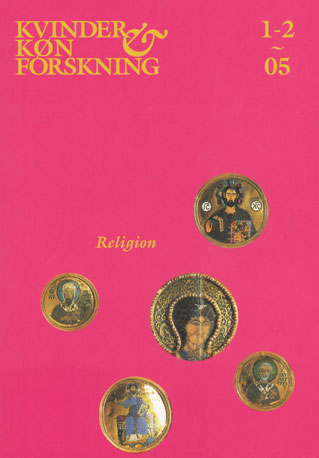Romersk-katolske sygeplejeordner i Danmark efter reformationen
DOI:
https://doi.org/10.7146/kkf.v0i1-2.28126Resumé
The article gives a statistical overview and confessional perspectives on the female Catholic nursing-orders in Denmark from 1856 to the present. In focus are the Catholic orders which to some extend are compared to the Protestant deaconesses of the country. The background is that in Denmark in 1849 the Danish Constitution introduced freedom of worship, and in 1856 the first Catholic nursing- order settled in Denmark. Today 27 different female catholic orders/congregations have been or still are in Denmark. Ten of these orders were nursing-orders and six of them, comprising 90 percent of the Catholic sisters in Denmark, opened 16 general hospitals in the period 1875-1931. Within these hospitals they made their greatest contribution to Danish society between 1920 and 1940, when numbered 537-775 sisters and owning ten percent of the hospital beds in Denmark. The deaconesses comprised a similar amount of sisters and they owned two percent of the hospital beds. The deaconesses were Danish but the Catholic sisters came from abroad. Consequently, they had cultural ballast in terms of another nationality and an approach to Christianity, which differed from the Danish Lutheranism. The encounter between these two cultures was not always friendly, as the sisters were facing a society where the general opinion was that Catholicism was dangerous. The lack of vocations and the development of the Danish welfare state 1930-1970 by and large ended the Catholic nursing-orders hospitals. Despite the fact that they were a significant part of the Danish welfare project, they have never been included in the Danish history.Downloads
Publiceret
2005-04-23
Citation/Eksport
Malchau, S. (2005). Romersk-katolske sygeplejeordner i Danmark efter reformationen. Kvinder, Køn & Forskning, (1-2). https://doi.org/10.7146/kkf.v0i1-2.28126
Nummer
Sektion
Artikler
Licens
Udgivelser i Kvinder, Køn og Forskning er beskyttet under Creative Commons License: CC Attribution-NonCommercial 4.0

